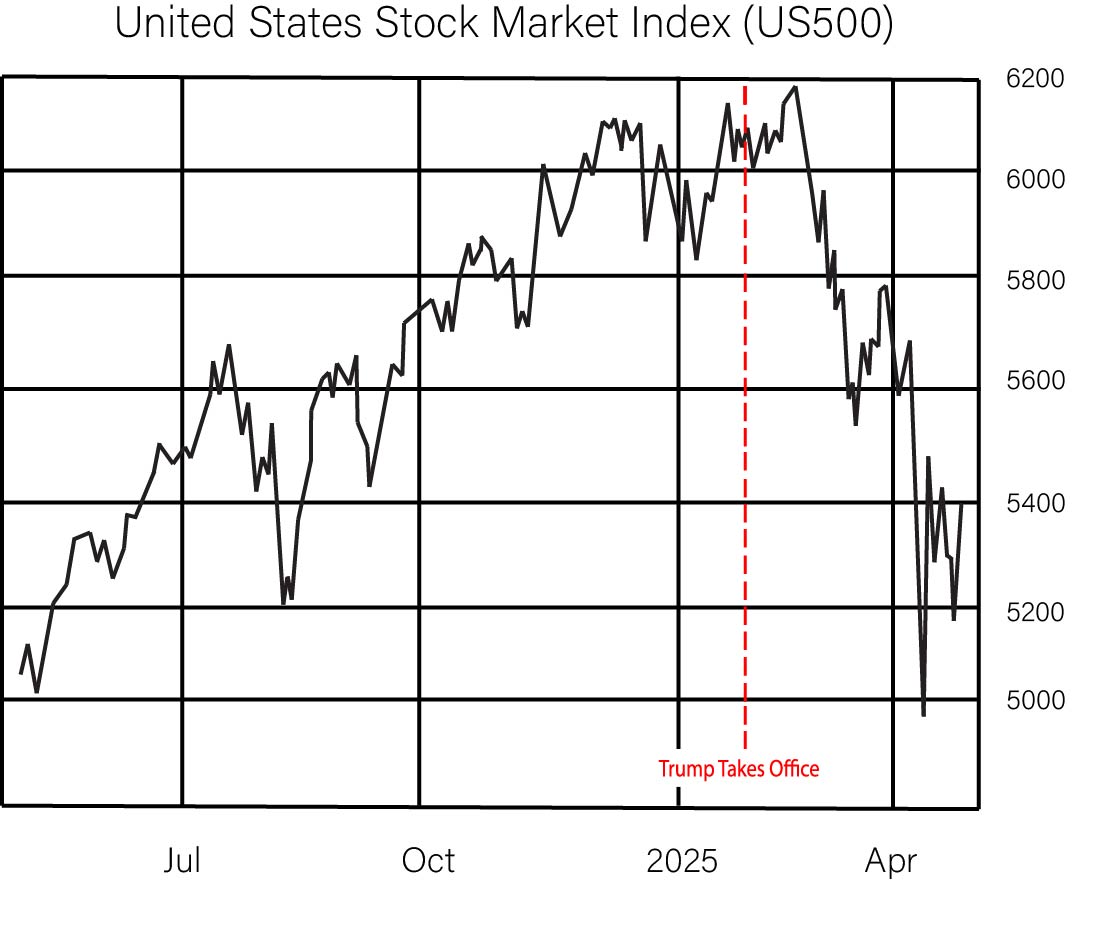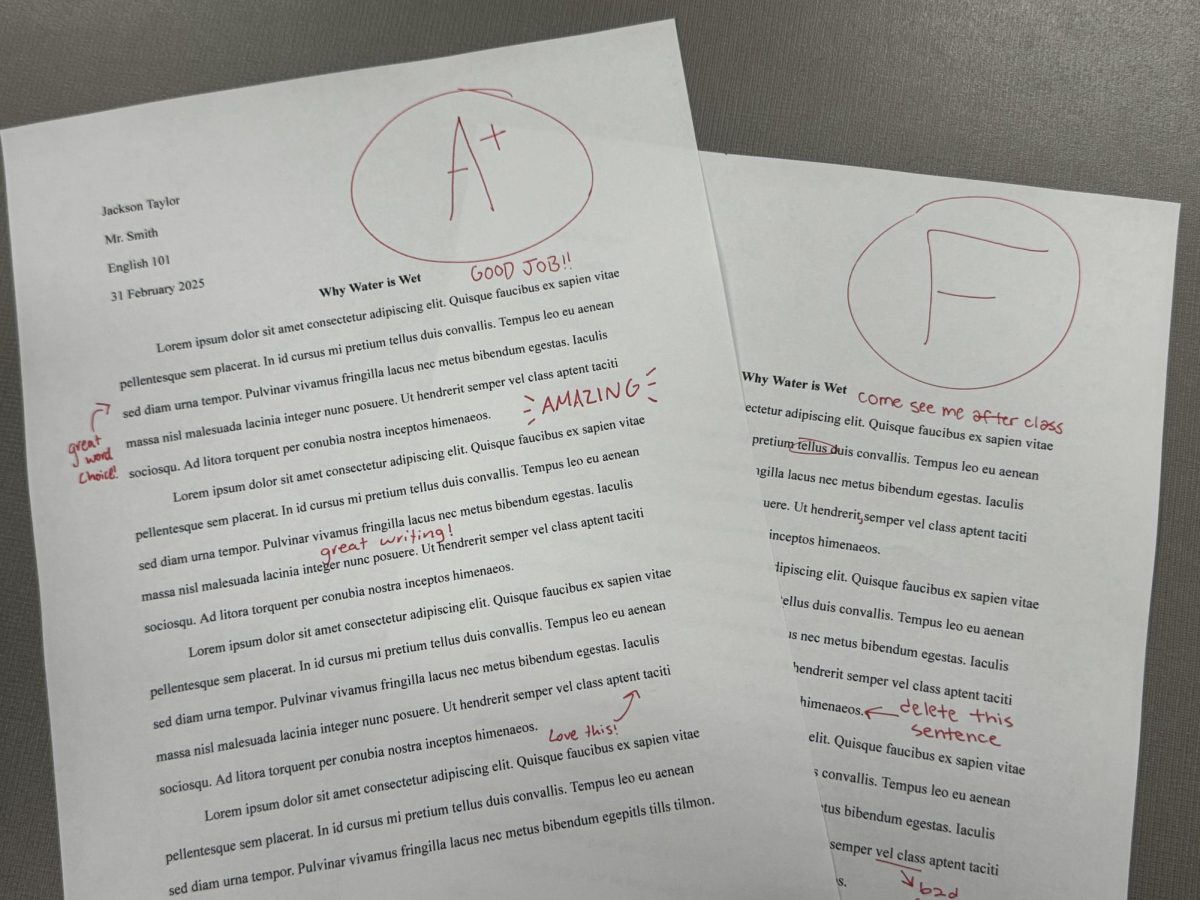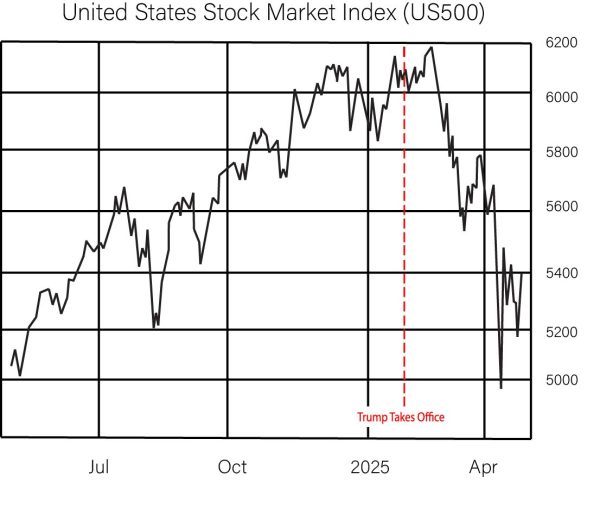The Process of the Presidential Election
With the chaos and disaster also known as the 2020 election. Iit has come to my attention that neither I nor many of my peers understand the simple, yet complex system that we both look forward to as well as dread every four years. So, join me, as I recall the knowledge I have been gifted within the last week.
Let’s begin with the basics. First of all, the elections are not based on who has the most votes, which could cause most of the people in America to get misrepresented properly. Counting the votes depends on the district, and the population within those districts. Take Michigan, for example. Most of Michigan is mostly empty land, such as plains, properties for farming, etc. But, because of the population within the few populated districts within the state, it becomes evident that the districts can change the state’s overall leniency in its votes in comparison to the rest of the state.
To tally the votes, the majority vote of a city’s percentage decisively represents the city, and is listed with its respective choices. When enough votes are in (which may not always equal 100% because no matter how many votes go to a candidate, they don’t have a chance to catch up with their competitor), the city is called to be (most likely) either Democrat or Republican for the election. This will repeat and eventually lead to the entire state being counted, and the electoral votes for that state will be given to the candidate with the most percentage.
Electoral votes are crucial, and the central part of deciding the winning candidate. Electoral votes are decided for each state by population. Each electoral vote represents about 250,000 people. For each state, two of the electoral votes go toward the senators. For example, Texas has 38 total electoral votes, but because two of them go to the senators, 36 of the votes are decided by the population of Texas. Though, states such as Nebraska and Maine will have split votes, which means that points are decided and split through districts, and allows both(or the most popular candidates if there are more than two running) to get electoral votes. This is referred to as the congressional district method. As a nation, there must be 270 electoral votes for a presidential candidate to gain presidency for the next term.
Typically, we will not know for sure the decided presidential candidate by the end of election day, but we will get a pretty good idea. Though, this year, because of mail-in ballots this year, it took about an extra week for the votes to be counted and published. and It may get pushed back further if President Donald Trump pursues a lawsuit for what he claims may be unlawful ballot counts. However, if the lawsuit is not pursued, the official counting will occur on December 10th, 11th, and 12th.
Within these three days, the representatives of the states will forward and officially declare how the state votes. This will eventually lead to the final step of the voting process taking place on January 20th: the president’s inauguration and replacement in office.

Hi, I'm Erika! I'm a senior, and including our journalism team, I am involved with Chapters of Azle, UIL Journalism, the National Honors Society, and the...
































































